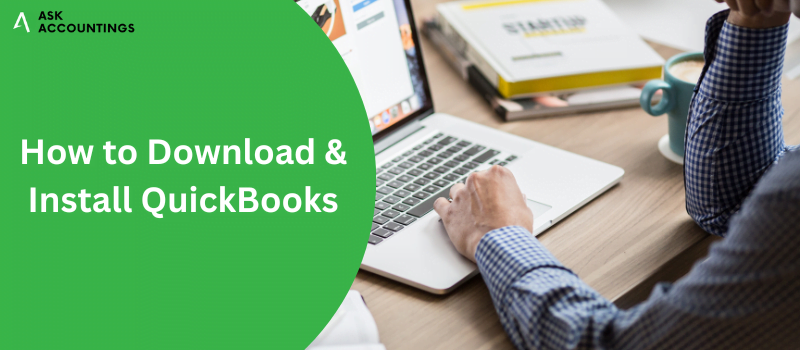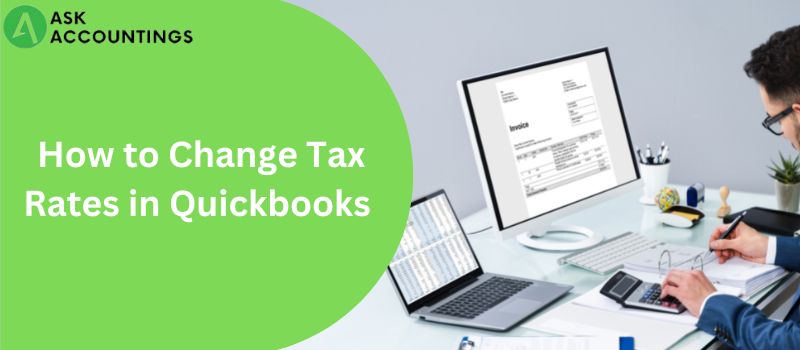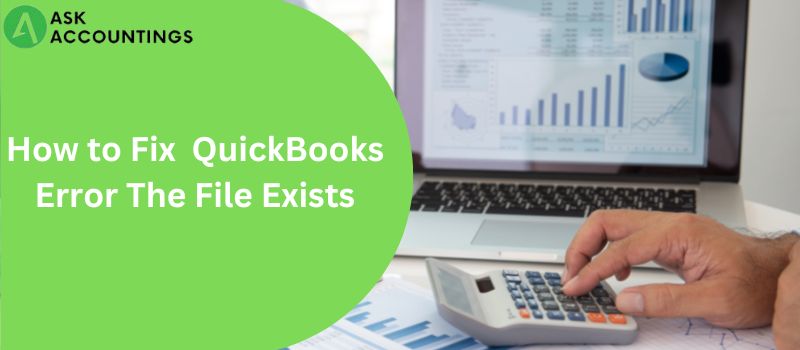Recording expenses in QuickBooks Desktop is an essential task for any small business owner or accountant. It allows you to track your financial transactions and make informed business decisions. In this article, we will walk you through the steps to record expenses in QuickBooks Desktop in detail.
Before we begin, it’s important to note that there are two types of expenses in QuickBooks: direct expenses and indirect expenses.
Direct expenses are those that are directly related to the production of a product or service, such as raw materials, labor, or production costs. Indirect expenses are those that are not directly related to the production of a product or service, such as rent, utilities, or insurance.
Step 1: Set up your Chart of Accounts
Before you can start recording expenses in QuickBooks, you need to set up your Chart of Accounts. The Chart of Accounts is a list of all the financial accounts in your business, such as your income, expenses, assets, and liabilities. To set up your Chart of Accounts, go to the Lists menu and select Chart of Accounts.
Step 2: Create an expense account
To create an expense account, go to the Lists menu and select Chart of Accounts. Click the Account button at the bottom of the Chart of Accounts window and select New. From the Account Type dropdown menu, select Expense. Enter the name of the expense account in the Name field. For example, if you are creating an account for office supplies, you would enter “Office Supplies” in the Name field.
Step 3: Record an expense
- To record an expense, go to the Banking menu and select Enter Transactions. From the Type dropdown menu, select Expense. Select the expense account you created in Step 2 from the Account dropdown menu.
- Enter the amount of the expense in the Amount field. If you have a vendor or supplier associated with the expense, enter their name in the Payee field. If you have a reference number or invoice number for the expense, enter it in the Number field.
- Enter the date of the expense in the Date field. You can also add a memo to provide additional information about the expense. When you are finished, click Save & Close.
Step 4: Edit or delete an expense
- To edit an expense, go to the Banking menu and select Enter Transactions. Select the expense you want to edit from the list of transactions. Make any necessary changes and click Save & Close.
- To delete an expense, go to the Banking menu and select Enter Transactions. Select the expense you want to delete from the list of transactions. Click the Delete button at the bottom of the window and confirm that you want to delete the expense.
Step 5: Reconcile your bank account
- After you have recorded your expenses, it’s important to reconcile your bank account to ensure that the transactions in QuickBooks match the transactions on your bank statement. To reconcile your bank account, go to the Banking menu and select Reconcile.
- Select the bank account you want to reconcile from the Account dropdown menu. Enter the ending balance and the ending date from your bank statement in the appropriate fields. QuickBooks will then compare the transactions in your bank account with the transactions in QuickBooks and highlight any discrepancies.
- If there are any discrepancies, you will need to resolve them by either adding the missing transactions or removing any transactions that don’t belong. When you are finished, click Reconcile Now to complete the reconciliation process.
Step 6: Review your expenses
- After you have recorded and reconciled your expenses, you can review them by going to the Reports menu and selecting Company & Financial. From the list of reports, select Profit & Loss Standard. This report will show you all of your income and expenses for a specific period of time.
- You can also customize this report to show specific expense categories or vendors. To do this, click the Customize Report button and select the Display tab. From the Columns dropdown menu, select the expense categories or vendors you want to include in the report.
- In addition to the Profit & Loss Standard report, there are several other reports that can help you track and review your expenses in QuickBooks. These include the Vendor Balance Detail report, which shows all the transactions for a specific vendor, and the Expense Detail report, which shows all the transactions for a specific expense account.
A STEP-BY-STEP GUIDE
To record expenses in QuickBooks Desktop, follow these steps:
- Click on the “Banking” tab and select “Enter Transactions.”
- Select “Expense” as the transaction type.
- Choose the appropriate account for the expense in the “Account” dropdown menu.
- Enter the amount of the expense in the “Amount” field.
- Enter the vendor or payee in the “Payee” field.
- If applicable, select the appropriate class or location in the “Class” and “Location” fields.
- Add any additional details about the expense in the “Memo” field.
- Click on the “Save & Close” button to record the expense.
- Alternatively, you can also record expenses using the “Write Checks” or “Bill Payment” features, depending on how the expense was paid.
Also Read: How To Reprint checks in QuickBooks
Also Read: How to Fix QuickBooks Error The File Exists?



